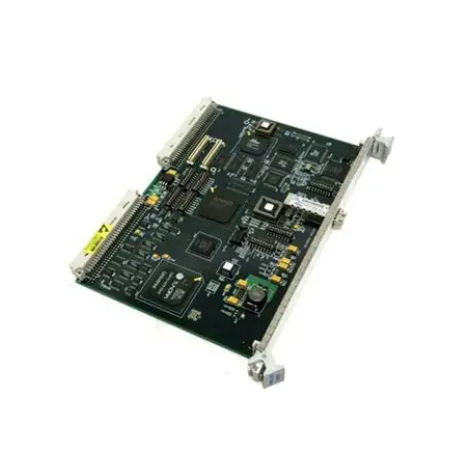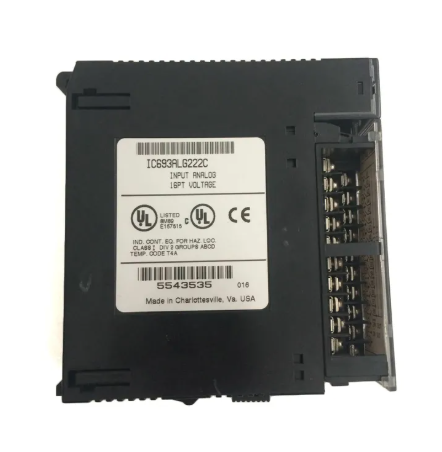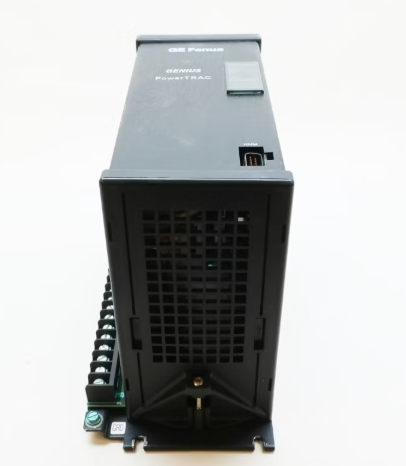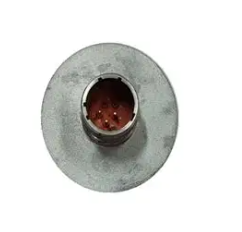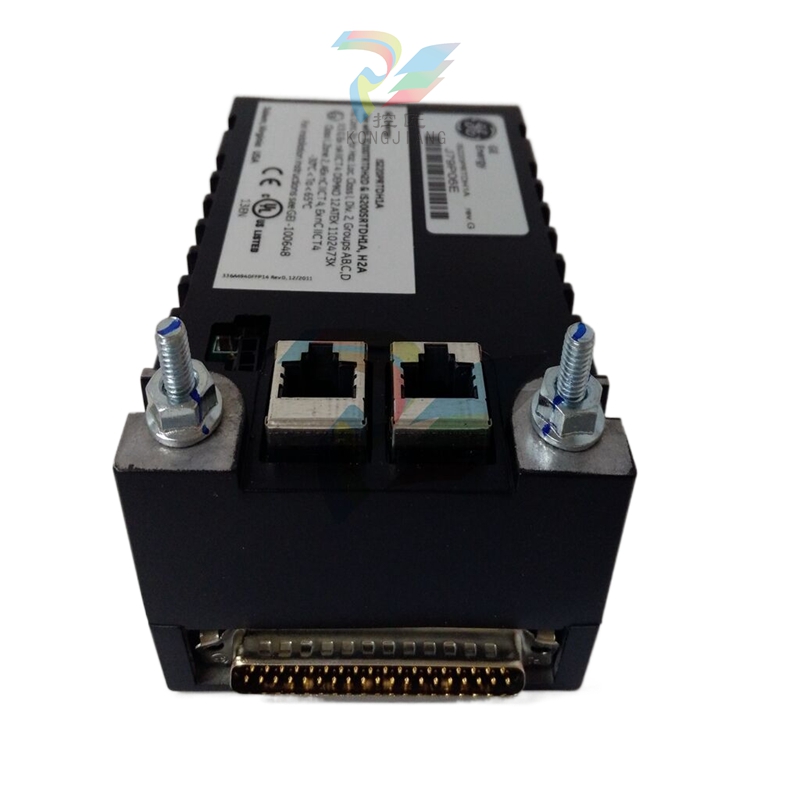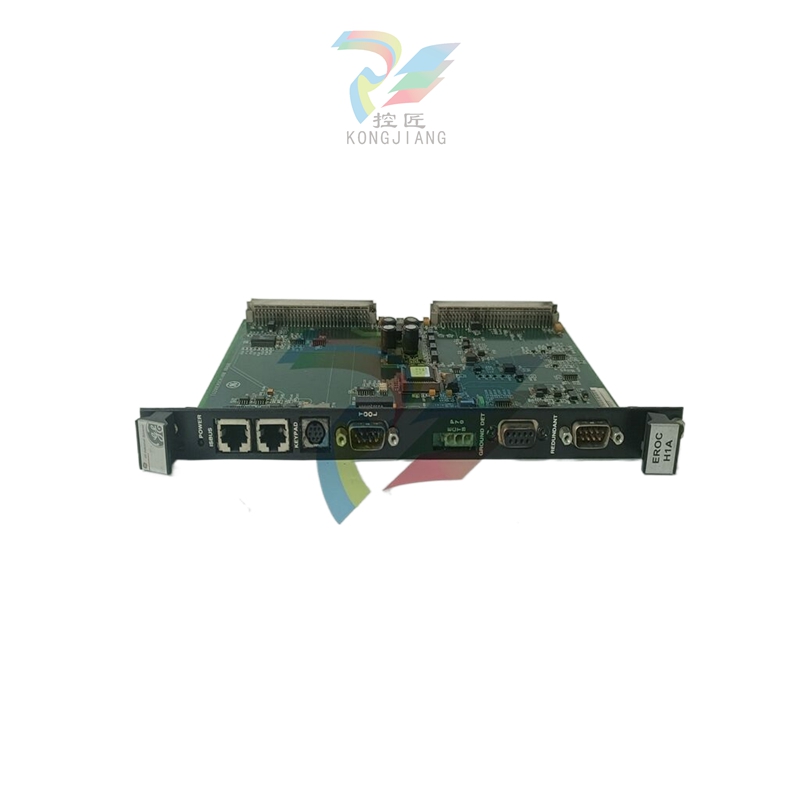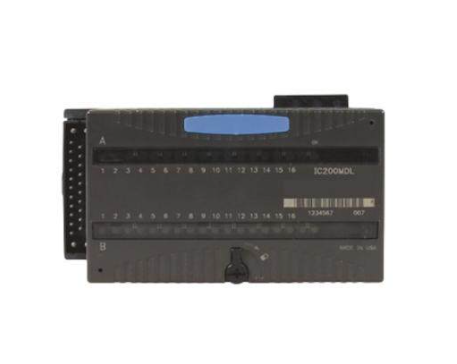Textile industry "14th Five-Year" scientific and technological development guidance
The 14th Five-Year Plan period is the first five years of a new journey to comprehensively build a modern socialist country. The 14th Five-Year Plan for National Economic and Social Development of the People's Republic of China and the Outline of Long-term Goals to 2035 draw a grand blueprint for China's development in the 14th Five-Year Plan period and beyond. It upholds the central position of innovation in China's overall modernization drive and makes self-reliance in science and technology a strategic support for national development. We have made key arrangements for developing scientific and technological innovation and supporting high-quality development through science and technology. During the "14th Five-Year Plan" period, China's textile science and technology will adhere to innovation-driven development and comprehensively shape the new advantages of industry development on the basis of achieving a greater leap in innovation ability and output level. Centering on scientific and technological innovation to lead the high-quality development of the industry and achieve a high level of self-reliance in textile science and technology, this guiding opinion is compiled.
First, "13th Five-Year" textile industry scientific and technological progress
1. Achievements in scientific and technological development
From 2016 to 2019, the scientific research and experimental development (R&D) expenditure of industrial enterprises above designated size in China's textile industry increased from 41.07 billion yuan to 49.52 billion yuan, and the R&D investment intensity increased from 0.57% to 1%; Industry scientific and technological achievements, a total of 11 achievements in the industry won the national science and technology awards, of which "dry spray wet spinning thousand ton high strength/hundred ton medium die carbon fiber industrialization key technology and application" won the first prize of National science and Technology progress, 398 achievements won the "textile light" China Textile Industry Federation science and Technology Award; The number of authorized invention patents in the industry maintained rapid growth, and nearly 40,000 effective invention patents were authorized, an increase of more than 60% over the authorized invention patents during the "Twelfth Five-Year Plan" period.

1. Remarkable progress in fiber material technology
Advanced basic fiber materials continue to improve in terms of efficient flexibility, differentiation and functionality. Polyester, nylon high-capacity, flexible and efficient preparation technology has generally reached the international advanced level, the functional modification of general fiber to double function, multifunctional composite modification development, expand the application field, improve the added value of products.
The key strategic fiber new material technology has steadily improved, and continues to meet the development needs of aerospace, national defense, environmental protection, medical and health fields. Carbon fiber dry spray wet spinning and wet spinning technology is gradually improved, production efficiency is further improved, high-end product varieties are gradually rich, T1000 grade, M40, M40J, M55J and other carbon fibers have engineering preparation capabilities, 25K large tow carbon fibers to achieve industrial production; The key technologies and equipment of thousand-ton para-aramid engineering have made breakthroughs, and high-strength and high-model para-aramid products have been localization; High strength and high modulus polyimide fiber, meta-aramid, polyphenylene sulfide fiber, continuous basalt fiber and so on have achieved rapid development. Bio-based fiber material technology has made new progress, and Lyocell fiber industrialization technology has realized localization; Bio-based polyamide (PA56) fiber broke through the technical bottleneck of bio-process glutenediamine and established a 10,000-ton production line; Polylactic acid fiber breaks through the lactic acid-lactide-polylactic acid technology, forming the whole industrial chain preparation technology; The industrialization technology of PTT fiber is mature, and the products form brand effect; The large-scale preparation technology of seaweed fiber has made a breakthrough, and the industrialization production of 5,000 tons has been realized. The raw material technology of pure chitosan fiber has been further optimized, and the products have been applied in many fields such as high-end dressings, war trauma first aid, repair membrane materials, drug carriers, tissues and organs.
2. The development of advanced textile products continues to strengthen
The development of functional textiles such as health protection, comfort and easy care has achieved remarkable results, and the functions of products are increasingly diversified, and the application fields are constantly expanding. Large-scale preparation of flame-retardant fibers and products such as long-acting flame-retardant, drop-resistant, smok-suppressive, etc., meets the requirements of flame-retardant protection in related fields; Wet and fast drying, cool feeling, heat and warm series of hot and wet comfort functional fibers and fabrics to achieve industrial preparation, further improve the wearing comfort of textile fabrics, to meet people's wearing needs in different environments; The high conformal technology of cotton, wool and other natural fiber fabrics has made breakthroughs, which has improved the wrinkle resistance and quality of textile products, and reduced the cleaning and nursing requirements; High-efficiency and low-resistance meltblowout, nanofiber materials and three-rejection and one-resistance medical materials are widely used in protective masks, protective suits and isolation suits, providing efficient protection for medical workers fighting against the novel coronavirus pneumonia.
With the rapid progress of key common technologies and equipment such as molding, composite and functional finishing, industrial textiles are used in the fields of safety protection such as emergency rescue, flood rescue, and Marine oil spill disposal, the aerospace fields such as Tiangong, Beidou series satellites, Shenzhou spacecraft, carrier rockets, and Tiansen 1, and the infrastructure construction fields such as airports and expressways. Both have played an important role in strategic support and material support. Ultra-low emission filter materials help environmental protection projects; The intelligent geoglass realizes the monitoring and early warning of the main body of the project, and the expansion and application of coarse denier polypropylene filament geotextile improves the quality of infrastructure. Dual-use products and technologies such as ultra-fine wire warp knitting, self-lubricating fabrics, multifunctional flight suits and personal protective equipment have played an important role in the construction of aerospace and national defense. Technological breakthroughs such as two-component spunbonded spunlace and multi-jet electrostatic spinning have further enhanced the industrial strength of China's medical and health textiles.
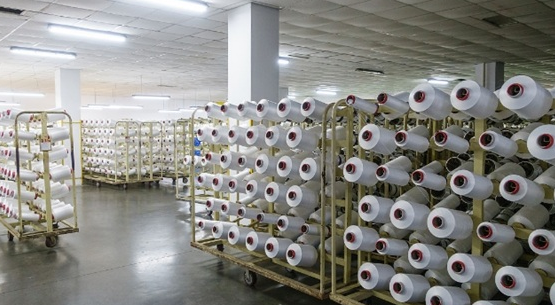
3. Steady improvement of green manufacturing technology
New textile green processing technologies continue to emerge and are steadily promoted and applied in the industry. During the "13th Five-Year Plan" period, the water consumption per unit product of the printing and dyeing industry decreased by 17%, and the water reuse rate increased from 30% to 40%. The cumulative reduction of wastewater discharge and major pollutant discharge in the textile industry is more than 10%. Continuous open width pretreatment of knitted fabrics, continuous open width pretreatment of chemical fiber woven fabrics, low salt and low alkali reactive dye dyeing, cold rolling pile dyeing, foam finishing, fluorine-free waterproof finishing and other technologies have been further expanded. The key technologies such as salt-free dyeing of reactive dyes, dyeing with liquid disperse dyes and printing with low urea reactive dyes have been industrialized. Important progress has been made in the research and development of key technologies such as supercritical carbon dioxide fluid dyeing, full process open-width pad dyeing of tension-sensitive fabrics, and continuous dyeing of polyester fabrics with less water.
China's scientific and technological innovation ability of recycling chemical fiber has been significantly improved, and the resource utilization level of waste textiles has been further improved. The key technologies and equipment of recycled polyester have formed a number of innovative achievements, including continuous drying by physical method, multistage filtration technology, liquid phase thickening by physical and chemical method, online full chromatographic complementary color toning technology, efficient differentiation technology, and chemical depolymerization, filtration separation, decolorization, refining, polycondensation and functional modification.
4. Remarkable effect of intelligent upgrading and transformation of the industry
Remarkable progress has been made in the intellectualization of textile processing processes and in the level of equipment technology. Remarkable results have been achieved in the construction of intelligent production lines for chemical fiber, spinning, printing and dyeing, clothing, and home textiles. Breakthroughs have been made in a number of key stand-alone machines and equipment such as cotton spinning and combing machines, high-performance special knitting equipment, and automatic computerized flat knitting machines. The chemical fiber intelligent demonstration factory and intelligent workshop realize the automatic production of the whole process, such as sending slices, winding automatic yarn, online detection, automatic packaging, intelligent storage, etc. The new generation of CNC technology for cotton spinning has been widely used, and a number of automated and digital spinning production lines have been built, reducing the number of workers to 15 people. Printing and dyeing automation and digitalization continue to upgrade, digital automatic dyeing of bobbin yarn to the direction of intelligent factory; The development speed of intelligent clothing manufacturing has accelerated significantly, and has initially formed an information integrated management system including automated production processes and inspection, storage and transportation, information traceability, and store management, including body measurement, design, fitting, and processing. The overall solution for large-scale personalized customization is becoming increasingly mature, and a number of advanced intelligent system platforms for large-scale personalized customization of clothing have emerged. There are more than 300 automatic production lines for home textile bedding, towels and curtains, and the production efficiency and quality have been significantly improved.
5. Continuous improvement of industry standard system construction
The textile standard system has been further optimized, and a new standard system with coordinated development and coordination between government-led standards and standards independently developed by the market has taken shape. The number of mandatory textile standards was reduced from 46 to 2, 800 recommended national standards and industry standards were revised, and a number of key standards in the fields of textile safety, functional textiles, ecological textiles, high-performance industrial textiles, green design products, energy conservation and emission reduction, and textile equipment were published and implemented. Textile group standards have developed rapidly, more than 50 textile social groups have been registered on the national group standards information platform, and more than 600 textile group standards have been issued, including 78 China Textile Association group standards; Actively promote the joint consultation, joint construction and sharing of international standards, the international standardization capacity has been continuously enhanced, led the proposal of 16 international standards (ISO), and led the formulation and implementation of 15 international standards by ISO; China has completed the translation of more than 40 national standards in foreign languages to facilitate the interconnection of national standards along the Belt and Road.
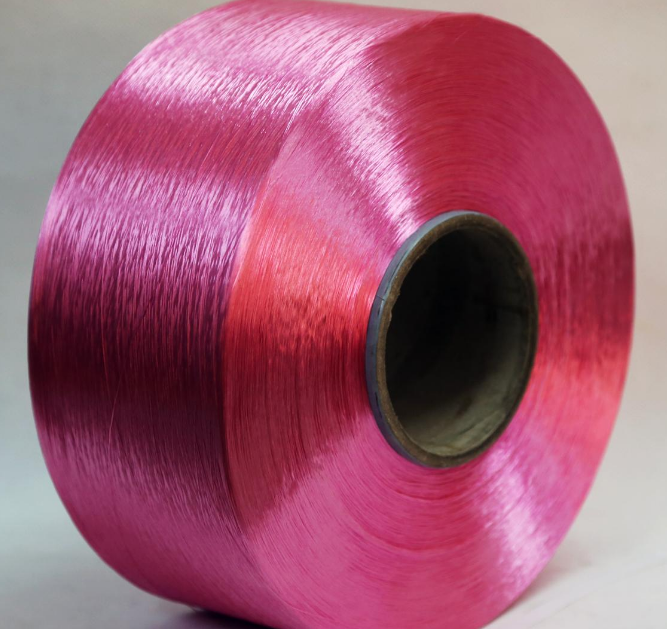
6. Steady progress has been made in the construction of scientific and technological innovation platforms
During the "13th Five-Year Plan" period, the industry's increasing investment in science and technology has greatly improved the basic conditions for scientific research, forming a complete scientific research condition including the National manufacturing innovation Center, the State key laboratory, the National Engineering Research Center (National Engineering Laboratory), the national enterprise technology center, the key laboratory of the textile industry, and the textile industry technology innovation center. By the end of 2020, there will be 2 national manufacturing innovation centers, 6 state key laboratories, 2 national engineering research centers, and 81 national enterprise technology centers (including 5 sub-centers) in the textile industry. There are 59 key laboratories and 37 technological innovation centers identified by the China Textile Industry Federation, which basically cover the key areas of the future development of the textile industry, and the scientific research hardware facilities of the textile industry have been continuously improved.
(2) Major problems in the development of science and technology
At present, China's textile industry has entered a stage of high-quality development, the level of scientific and technological innovation capacity is still insufficient compared with the requirements of the new development pattern, and there are still some problems to be solved in terms of independent innovation capacity, research and development investment intensity, results transformation effectiveness, talent team construction, innovation system and mechanism, which are mainly manifested in: Innovation ability in key areas is not strong, and some key core technologies are subject to others; The intensity of investment in scientific research is insufficient, and there are too few major original innovations. The synergy efficiency of R&D and application industry chain is low, and the industrialization process of achievement transformation is slow; The boundary between government-led standards and market-based standards is not clear, and some group standards are homogenized. There are few leading talents in science and technology and insufficient incentive mechanism for talents. The innovation system and mechanism are not perfect, and the innovation efficiency needs to be improved. To solve these problems, it is necessary to further optimize the textile science and technology innovation ecology, carry out research on the key core technologies in the basic and strategic fields, train a large number of scientific and technological talents with advanced levels, smooth the transformation chain of scientific and technological achievements, and use international innovation resources, so as to realize the systematic improvement of the scientific and technological innovation ability of the textile industry.
Second, the "14th Five-Year Plan" scientific and technological work guiding ideology and development goals
(1) Guiding ideology
Grasp the new trend of scientific and technological innovation and development of the industry, comprehensively improve the supply capacity, quality and efficiency of scientific and technological innovation, and promote the high-quality development of the textile industry.
2. Development goals
During the "14th Five-Year Plan" period, the development of textile industry science and technology will achieve the following main goals:
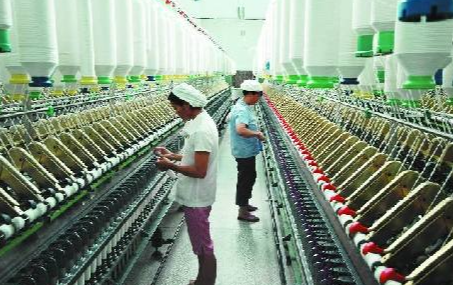
1. R&d expenditure of enterprises above designated size accounted for 1.3% of the main business income.
2. The textile industry has identified 70 key laboratories, 50 technological innovation centers, and 3-5 scientific and technological achievements transformation centers.
3. The self-sufficiency rate of domestic high-performance fiber is more than 60%; The output of biodegradable green fiber increased by 10% annually; Industrial textile fiber processing accounted for 35% of the whole industry.
4. The energy consumption per unit output value of the printing and dyeing industry was reduced by 13.5% compared with the end of the "13th Five-Year Plan", the water consumption was reduced by 10%, and the water reuse rate reached more than 45%; The annual processing volume of recycled fiber accounted for 15% of the total fiber processing.
5. The formation of intelligent workshops/factories in key areas of the industry, the main equipment and industrial software to achieve independent research and development; Large-scale personalized customized products accounted for 20% of similar products, cultivating more than 40 industry intelligent manufacturing system solution suppliers. The development level of the integration of the two is greater than 60%.
6. The number of valid invention patents per 100 million yuan of main business income of enterprises above designated size is 1.6.
7. More than 100 new key and basic general standards have been developed, the proportion of standards within 5 years has reached 95%, the total number of international standards has exceeded 40, the conversion rate of international standards in key areas has reached 90%, and the brand effect of group standards has been enhanced.
Key tasks for scientific and technological development in the 14th Five-Year Plan
1. Accelerating research on common key technologies and solving problems in innovation and development
Actively promote the research and development and application of key common technologies and equipment such as fiber new materials, advanced textile products, green manufacturing, and intelligent manufacturing, solve key technical problems in the industry, and accelerate the formation of a comprehensive support system for key technology research in the industry on the basis of continuously increasing long-term and stable support for basic research. We will gradually improve the cooperation mechanism that integrates government, industry, universities, research and application, bring together innovative factors such as talent, technology, and capital, and vigorously promote the precise docking of innovation chains and industrial chains. Deepen the enterprise-led industry-university-research cooperation system, encourage backbone enterprises to take the lead in collaborating with industrial chain enterprises, universities, and research institutes to form collaborative research groups and concentrate on the implementation of the "card neck" project research action.
(2) Promote the transformation of textile scientific and technological achievements and create a new engine for industry development
We will promote the effective docking of innovation supply and demand, promote the transfer and transformation of scientific and technological achievements into market-oriented services, and improve the construction of intermediate platforms from basic research, pilot and pilot results to industrial technologies. Make full use of the relevant national policies to promote the transfer and transformation of scientific and technological achievements, establish an evaluation system for textile scientific and technological achievements, improve the construction of institutions for the transfer and transformation of textile scientific and technological achievements, strengthen the training of talents for the transfer and transformation of textile science and technology, and build a market-based trading platform for textile scientific and technological achievements. Gather market forces, scientific and technological forces, capital forces and talent forces, and build a new mechanism, new model and new system for the transformation of scientific and technological achievements in the textile industry, guided by market demand. Improve the comprehensive intellectual property management system, open up the whole chain of intellectual property creation, application, protection, management and service, improve the quality and conversion rate of patents, and create a good environment for intellectual property protection.
3. Promoting the construction of platforms for scientific and technological innovation and pooling the strength of scientific and technological innovation
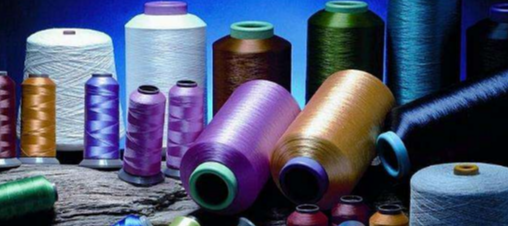
Actively promote the construction of national innovation platforms such as the State Key Laboratory of the textile industry, the National Manufacturing Innovation Center, and the construction of innovation platforms such as industry key laboratories and technological innovation centers, industrial technology innovation alliances, and industry-university-research consortia, strengthen the construction of cross-disciplinary and cross-field cooperation and innovation platforms, and establish a collaborative mechanism for innovation platforms. We will encourage key enterprises, research institutes, and institutions of higher learning to optimize the allocation of research forces and resource sharing, and strengthen the leading role of the construction of scientific and technological innovation platforms in gathering innovation factors, activating innovation resources, cultivating innovative talents, and transforming innovation achievements.
(4) Strengthen the construction of the industry standard system and lead the standardized development of the industry
Strengthen the construction of textile standardization technical institutions and optimize the standardization technical organization system. Strengthen the integration of existing standards, strengthen the preparation and revision of basic general and industrial common technical standards, encourage the formulation of standards in key areas such as new textile fiber materials, functional textiles, smart textiles, high-tech industrial textiles, consumer experience, traditional cultural elements, and low-carbon green manufacturing and intelligent manufacturing, and promote the high-quality transformation and development of the industry. Strengthen support for the internationalization of standards, promote China's standards to go global, and contribute "Chinese wisdom" to the construction of international standards.
(5) Improve the level of scientific and technological talent construction and build a solid foundation for industry innovation
Cultivate a team of industry leaders and professional and technical talents, give play to the role of industry leaders in scientific and technological innovation, and establish an internationally leading scientific and technological innovation team. Develop high-level research-oriented textile discipline and train basic research talents. Strengthen the organic connection between vocational education, continuing education and general education, and expand the training scale of professional and composite textile talents. We will improve the system for evaluating science and technology and improve the innovation ecosystem.
(6) Strengthen international cooperation in textile science and technology and improve the level of scientific and technological innovation
We will focus on cutting-edge basic research, key technology fields and standard system construction, strengthen in-depth exchanges and cooperation with foreign universities, research institutions and enterprises, increase openness and cooperation in innovation resources such as technology research and development, capital and human resources, build an open cooperation platform for international innovation resources, and promote international transfer of key technologies. Deeply participate in the global textile science and technology innovation management, and comprehensively improve the globalization level and international influence of China's textile science and technology innovation.
- EMERSON
- Honeywell
- CTI
- Rolls-Royce
- General Electric
- Woodward
- Yaskawa
- xYCOM
- Motorola
- Siemens
- Rockwell
- ABB
- B&R
- HIMA
- Construction site
- electricity
- Automobile market
- PLC
- DCS
- Motor drivers
- VSD
- Implications
- cement
- CO2
- CEM
- methane
- Artificial intelligence
- Titanic
- Solar energy
- Hydrogen fuel cell
- Hydrogen and fuel cells
- Hydrogen and oxygen fuel cells
- tyre
- Chemical fiber
- dynamo
- corpuscle
- Pulp and paper
- printing
- fossil
- FANUC
- Food and beverage
- Life science
- Sewage treatment
- Personal care
- electricity
- boats
- infrastructure
- Automobile industry
- metallurgy
- Nuclear power generation
- Geothermal power generation
- Water and wastewater
- Infrastructure construction
- Mine hazard
- steel
- papermaking
- Natural gas industry
- Infrastructure construction
- Power and energy
- Rubber and plastic
- Renewable energy
- pharmacy
- mining
- Plastic industry
- Schneider
- Kongsberg
- NI
- Wind energy
- International petroleum
- International new energy network
- gas
- WATLOW
- ProSoft
- SEW
- wind
- ADVANCED
- Reliance
- YOKOGAWA
- TRICONEX
- FOXBORO
- METSO
- MAN
- Advantest
- ADVANCED
- ALSTOM
- Control Wave
- AB
- AMAT
- STUDER
- KONGSBERG
- MOTOROLA
- DANAHER MOTION
- Bently
- Galil
- EATON
- MOLEX
- Triconex
- DEIF
- B&W
- ZYGO
- Aerotech
- DANFOSS
- KOLLMORGEN
- Beijer
- Endress+Hauser
- MOOG
- KB
- Moxa
- Rexroth
- YAMAHA
- Johnson
- Westinghouse
- WAGO
- TOSHIBA
- TEKTRONIX


Email:wang@kongjiangauto.com


















































































































